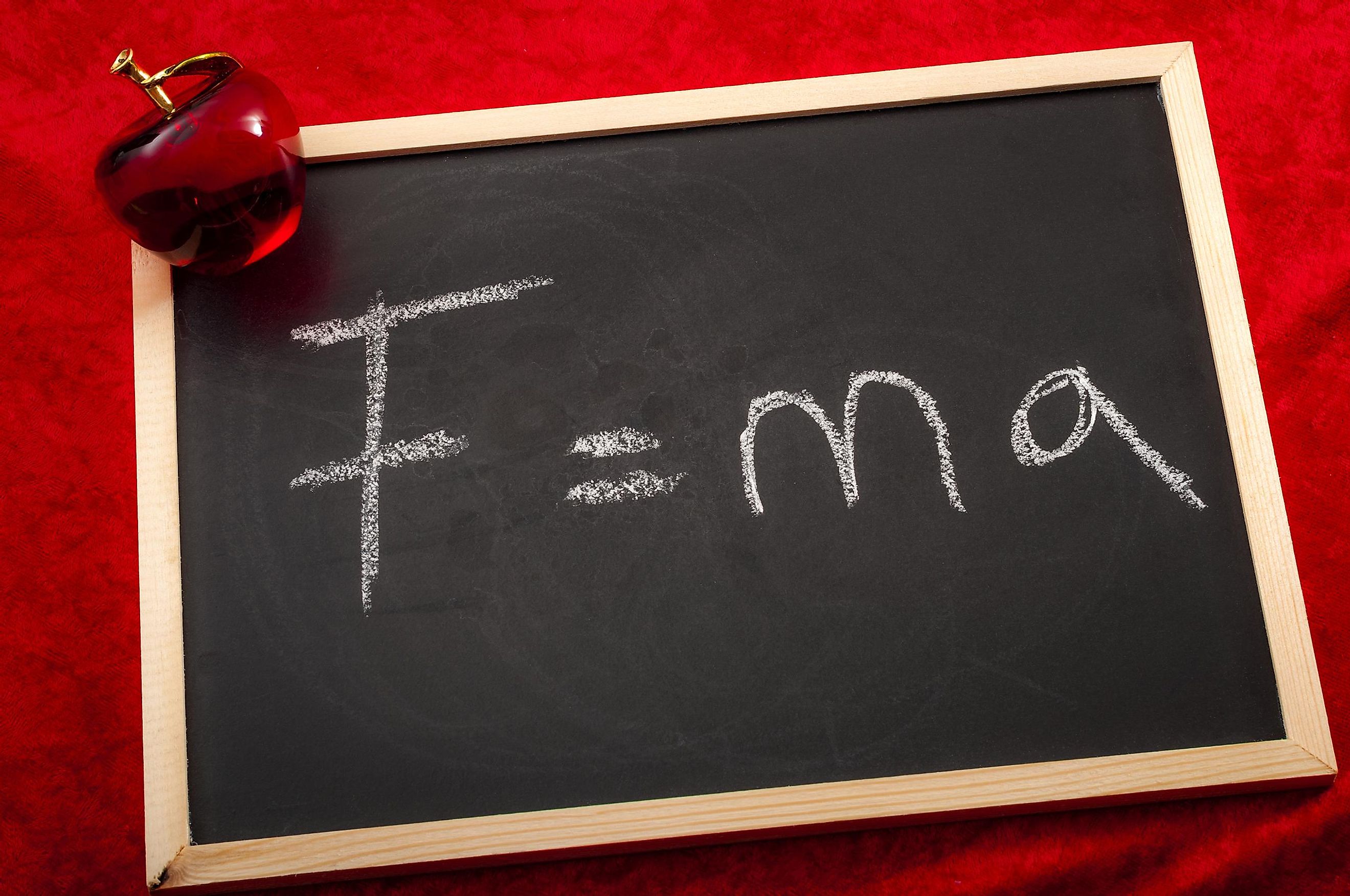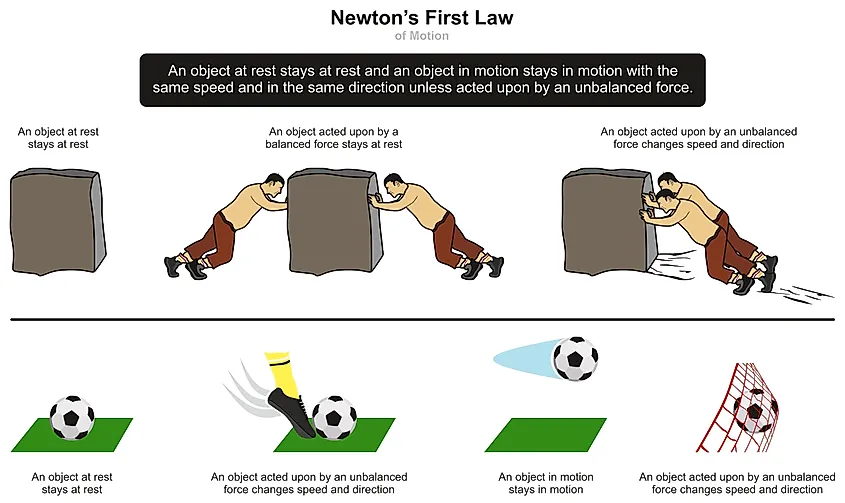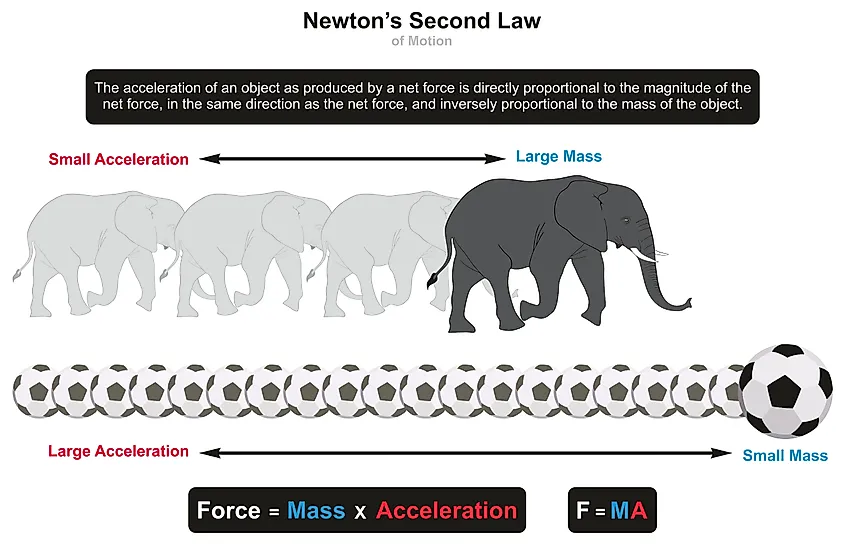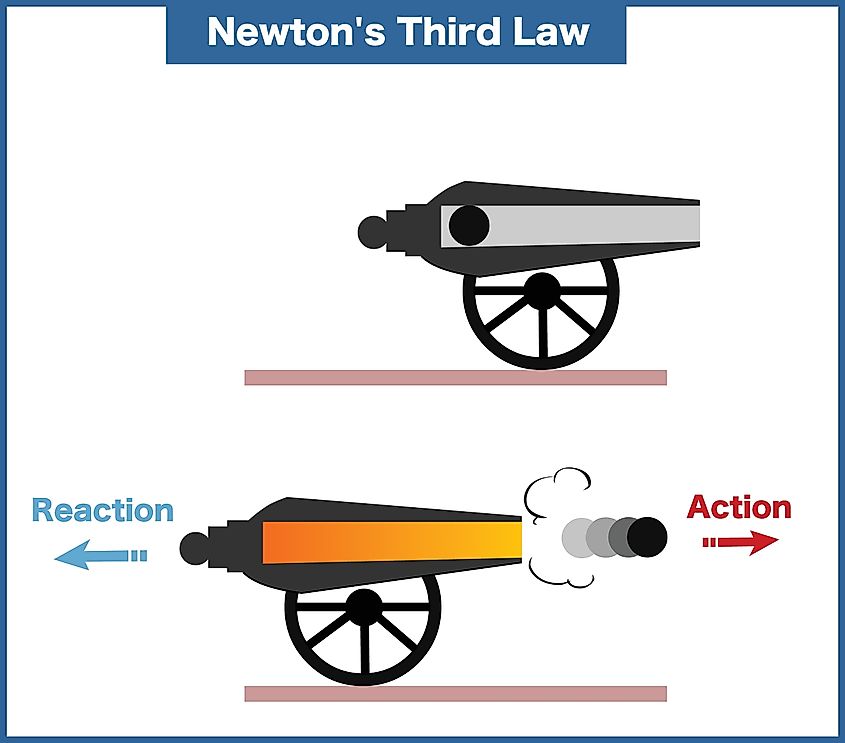
What Are Newton’s Laws Of Motion?
Physics would not exist in its current form if it were not for the discoveries of Isaac Newton. Not only did he discover the force of gravity and describe it mathematically, he also devised the laws of motion, the laws that govern the movement of every object from an apple to a planet. Newton first published the laws of motion in 1687, and they went on to form the basis for classical physics. In total, there are three laws of motion: the first law, second law, and third law.
The First Law

Newton’s first law states that an object will remain at rest, or in constant motion, unless acted upon by a force. This is a rather simple observation and it is fairly intuitive. For example, a soccer ball in a field will remain motionless unless something comes along and moves it. Once the soccer ball starts moving, it will remain in motion at a constant velocity unless something causes it to stop moving. In the case of the soccer ball, the initial force that causes it to move could be someone kicking it, and the force that causes it to stop would be friction from both the ground and the air. The first law also differentiates constant motion from acceleration/de-acceleration. An object can only accelerate if it is constantly being acted upon by a force, otherwise it will either come to a stop or continue moving at a constant rate.
The Second Law

The second law is famous for the equation: F=MA. This equation is one of the most important equations in the history of physics. Basically, the equation means that the force exerted on an object is equal to its mass multiplied by its acceleration. Furthermore, the equation can be rearranged to also mean that the acceleration of an object is equal to the force on an object divided by its mass.
The Third Law

Newton’s third law is famous for the statement that every action has an equal and opposite reaction. Newton’s third law thus defines force as the interaction between objects. For example, if you push against a wall, you exert a force upon that surface. However, the wall also exerts a force on you that is equal and opposite in direction. To get an idea of how this works, imagine spinning a ball. As the ball spins, it exerts a force on the air around it, and in turn the air causes the ball to spin in the opposite direction that the air is moving.











